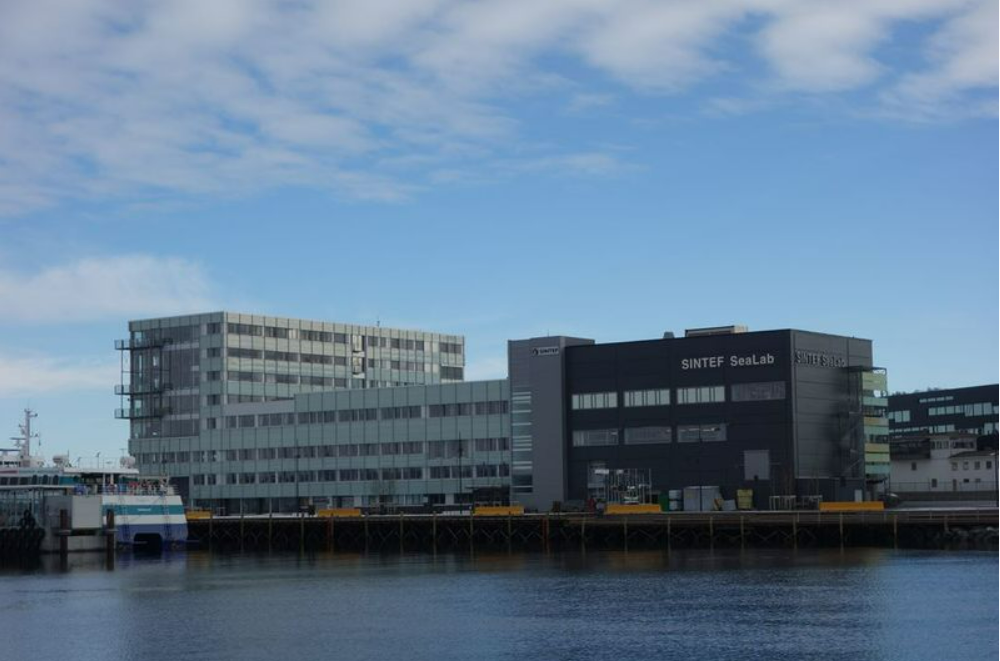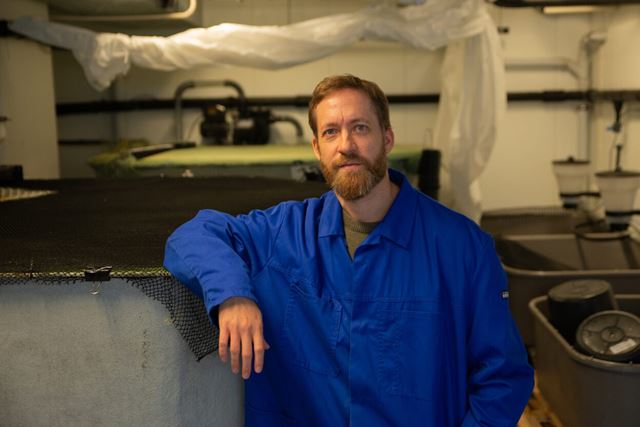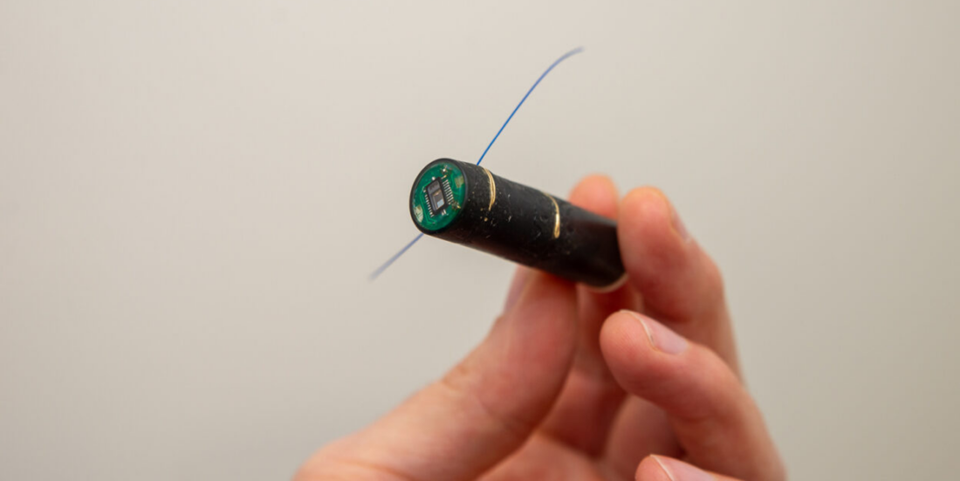Inside job

A tiny sensor implant could tell us far more about fish health
Researcher Eirik Svendsen, at Norwegian research institute SINTEF Ocean, has developed an implant capable of measuring data, which can be associated with disease and ailments in farmed fish at an early stage. The tiny device may be the most advanced implant ever made for use in fish and is considered groundbreaking in its field.
The aquaculture industry faces welfare challenges that must be addressed to ensure sustainable growth and development. But how do you measure fish welfare while the fish are still alive? Caring for animals that are mute and generally hard to inspect visually while in water presents different challenges compared with land-based animal husbandry.

Eirik Svendsen
“In many cases, the aquaculture industry relies on technology to assess the welfare of the animals they are responsible for – before it deteriorates to unacceptable levels,” says Svendsen, who has developed the new implant as part of his PhD work at NTNU’s Department of Engineering Cybernetics and SINTEF Ocean.
The research community discusses fish welfare in terms of, for instance, the five freedoms: freedom from hunger and thirst; freedom from discomfort; freedom from pain, injury or disease; freedom to express normal behaviour; and freedom from fear and distress. The question remains: how do they know whether fish are experiencing these five freedoms?

Sensor implant
A tiny cylinder packed with technology
“The industry has limited opportunities to determine this at an individual level. We need to collect data on how individual fish in a pen behave – in contrast to behaviour at the population and group level, which is more easily obtainable using cameras, for instance. Using measured baselines over time for comparison with current data, we can identify deviations from the norm,” explains Svendsen.
Behaviour can be measured in various ways, such as with Svendsen’s newly developed implant. The 47mm-long cylinder with a diameter of 13mm contains a battery, memory card, microcontroller and a sensor for blood oxygen levels, heart rate, activity, swimming direction and temperature in the fish.
“This research is groundbreaking. It has never before been possible to capture all these data simultaneously. The implant paves the way for entirely new possibilities, for example to help meet the requirements that new methods must be tested with reference to fish welfare considerations before being put into practical use,” Svendsen says.
But before use, the implant must be placed in the fish’s abdominal cavity. “The fish is anesthetised when its abdomen is opened and the implant inserted. Then we stitch it back up before it undergoes a controlled awakening and data are collected,” he explains.

SalmonInsight graphic
A granular welfare assessment scale
Fish with implants can help establish clearer criteria for assessing welfare.
“We need a more granular scale for assessing fish welfare, which provides reliable measurements that go beyond ‘poor welfare – death’ and ‘good welfare – alive’,” says Svendsen.
He envisages a future solution where a selection of fish in each pen are equipped with implants that can provide a welfare score based on specific parameters.
“It will not necessarily be practical to focus on the exact score, but based on our current knowledge, we can set an acceptable range and have the microcontroller in the implant analyse the data and notify us if the overall score falls outside this range. This would tell farmers that they need to investigate the cause and take action to improve the welfare of the pen where the alarm has sounded,” he says.
Real-world applications required
Research is ongoing and this future scenario is still some way off. First of all, the researchers will use SINTEF Ocean’s sea-based aquaculture research facilities to further develop the design of the implant, conduct trials using fish in swim tunnels and capture data from the sea cages in full scale.
“It is essential that the new assessment methods can be used in full-scale operations out at sea. We can do a lot of clever things in a laboratory but we really want to make the connection between physiological and behavioural responses, and stress of the fish
in their real-life environment,” says Svendsen.

